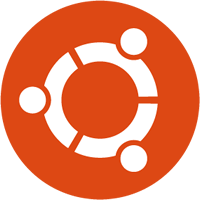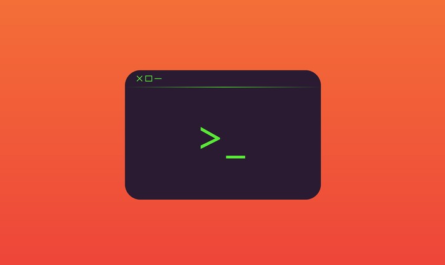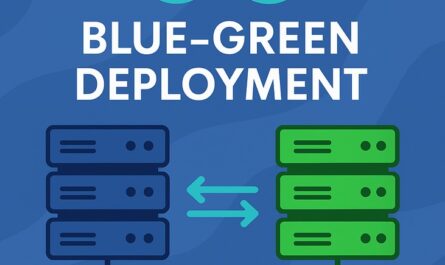Introduction
In high-performance computing environments, Linux serves as the backbone of many enterprise applications, web services, and cloud infrastructure. However, system bottlenecks can degrade performance, leading to slow response times, high latency, and inefficient resource utilization. Identifying and resolving these bottlenecks is crucial to optimizing application performance.
This guide explores the best practices for detecting bottlenecks in Linux, analyzing system performance, and implementing optimizations to enhance application efficiency.
Understanding System Bottlenecks
A bottleneck occurs when one component of the system limits overall performance. In Linux-based environments, bottlenecks can originate from various resources, including:
- CPU: High utilization leading to slow processing.
- Memory (RAM): Insufficient memory causing excessive swapping.
- Disk I/O: Slow read/write operations affecting data-intensive applications.
- Network: High latency or packet loss reducing application responsiveness.
Tools for Identifying Bottlenecks
To diagnose system bottlenecks, Linux provides various built-in and third-party tools:
1. Monitoring CPU Usage
Tool: top, htop, mpstat
- Run
toporhtopto view CPU utilization and identify processes consuming excessive CPU. - Use
mpstat -P ALL 1to monitor per-core CPU usage. - Look for high
load average, indicating CPU saturation.
Optimization Tips
- Optimize application threads for better CPU distribution.
- Use CPU affinity (
taskset) to bind processes to specific cores. - Scale applications horizontally if CPU is consistently overloaded.
2. Analyzing Memory Usage
Tool: free, vmstat, top
- Use
free -mto check available and used memory. - Run
vmstat 1to monitor memory paging and swapping. - Check
topto identify memory-hungry processes.
Optimization Tips
- Increase RAM if usage is consistently high.
- Optimize applications to use caching mechanisms (Redis, Memcached).
- Adjust
swappinessvalue (sysctl vm.swappiness=10) to reduce swapping.
3. Diagnosing Disk I/O Issues
Tool: iostat, iotop, df
- Run
iostat -dx 1to monitor disk utilization. - Use
iotopto check processes with high disk usage. - Execute
df -hto check disk space availability.
Optimization Tips
- Use SSDs for high-performance applications.
- Optimize database indexes and queries to reduce disk reads.
- Implement filesystem tuning (
ext4,XFS,Btrfs) for improved performance.
4. Checking Network Bottlenecks
Tool: iftop, netstat, nload
- Run
iftopto monitor real-time network traffic. - Use
netstat -tulnpto check open ports and active connections. - Run
nloadto visualize incoming and outgoing network bandwidth.
Optimization Tips
- Use Content Delivery Networks (CDNs) for web applications.
- Optimize TCP settings (
sysctl net.ipv4.tcp_*parameters) for better throughput. - Implement load balancing for high-traffic applications.
Advanced Performance Tuning Strategies
1. Kernel Parameter Optimization
- Adjust kernel settings using
sysctlto enhance performance. - Optimize TCP stack with:
sysctl -w net.core.somaxconn=1024 sysctl -w net.ipv4.tcp_max_syn_backlog=2048
2. Process and Thread Management
- Use
ulimitto adjust resource limits per user/process. - Implement
niceandreniceto adjust process priorities. - Utilize
systemdto manage resource allocation per service.
3. Application-Level Optimizations
- Profile applications using
strace,perf, orflame graphs. - Use containerized environments (Docker, Kubernetes) to isolate workloads.
- Enable application-level caching and compression.
Conclusion
Finding and resolving bottlenecks in Linux is a crucial aspect of optimizing application performance. By leveraging monitoring tools, analyzing system behavior, and implementing best practices, organizations can ensure maximum efficiency and reliability. Regular audits and performance tuning should be part of ongoing system maintenance to proactively mitigate performance degradation.
By following these strategies, you can build a high-performing, scalable Linux-based infrastructure that meets the demands of modern applications.






